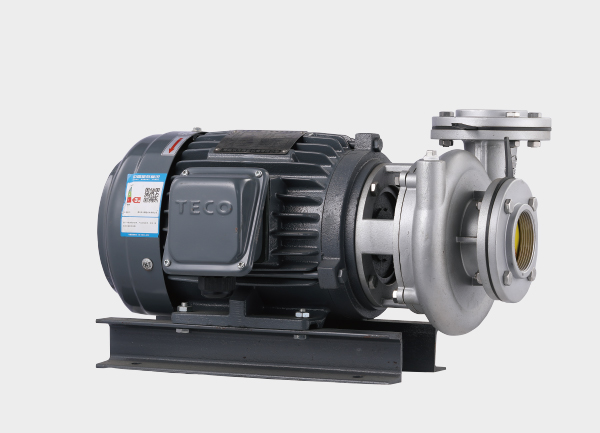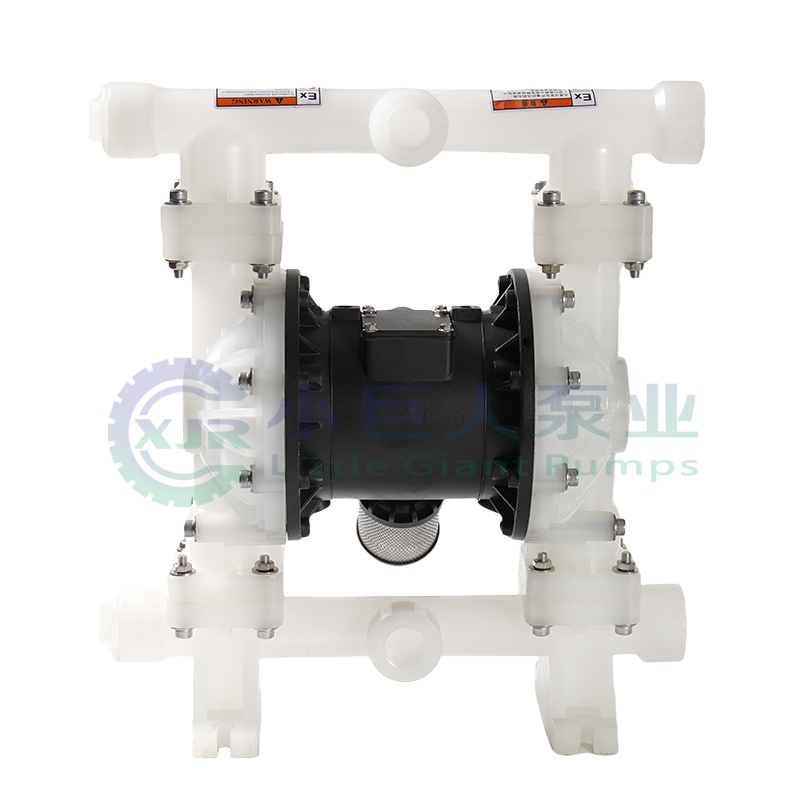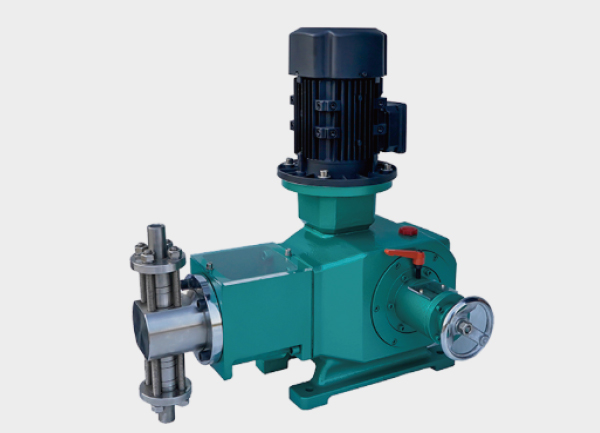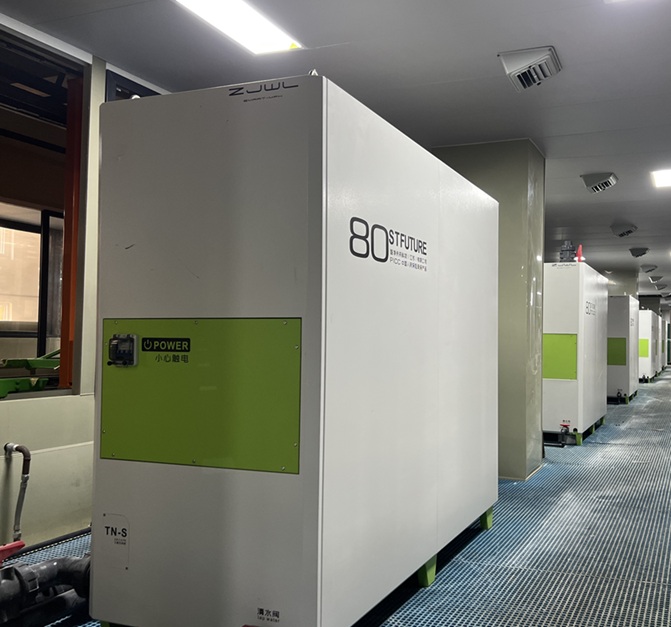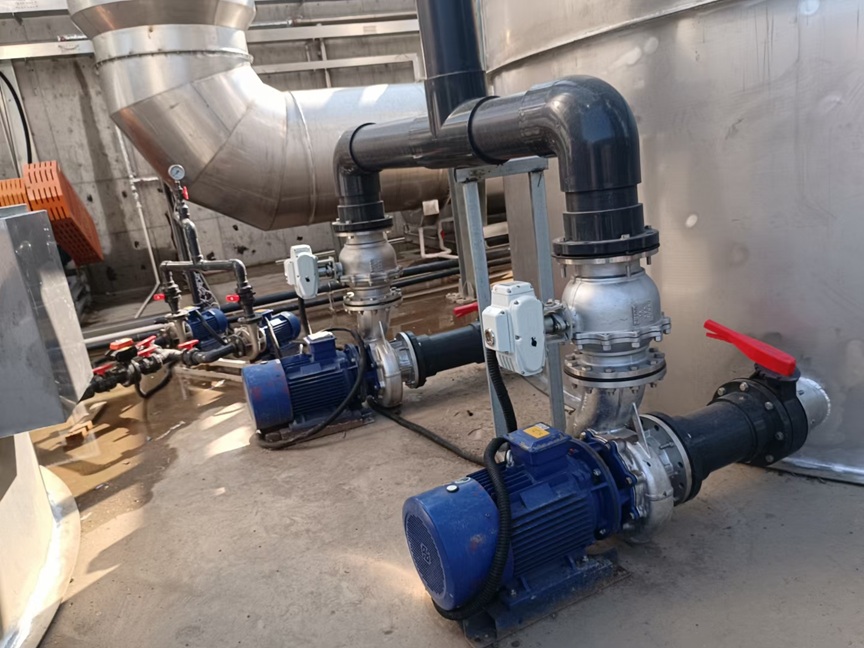Amidst the intricate pipeline networks of chemical plants and the flowing tank solutions of electroplating workshops, a transformative force is quietly revolutionizing industrial fluid handling—the large-flow plastic centrifugal pump. With its exceptional corrosion resistance, it has become the undisputed choice for demanding applications.

Corrosion: The Invisible Threat in Industry
Corrosion is a pervasive challenge across numerous sectors. From highly acidic and alkaline chemical raw materials to chloride-laden cooling water, traditional metal pumps often struggle to cope. Stainless steel rusts when exposed to chlorides, while cast iron rapidly corrodes in acidic or alkaline environments. This not only leads to equipment failure but also risks product contamination and environmental leakage.
The Revolutionary Breakthrough of Plastic Materials
The standout feature of large-flow plastic centrifugal pumps lies in their wetted components, which are entirely constructed from specialized engineering plastics. Materials such as polypropylene (PP) and polyvinylidene fluoride (PVDF) possess inherent corrosion-resistant properties:
Molecular-Level Protection: These polymer materials exhibit stable chemical structures, enabling them to withstand most chemical media.
Comprehensive Protection: Every component in contact with the fluid—from the pump casing and impeller to sealing surfaces—offers uniform corrosion resistance.
Active Defense: Unlike metal materials that rely on surface coatings, the corrosion resistance of plastics is an intrinsic property, unaffected by surface damage.
The Value Innovation of Corrosion Resistance
This unique corrosion resistance delivers multiple layers of value:
In the electroplating industry, it effortlessly handles processes ranging from acid copper plating to alkaline degreasing. In the chemical sector, it safely transports highly corrosive media such as hydrochloric acid and hydrofluoric acid. In environmental engineering, it endures the complex chemical composition of wastewater over the long term.
Moreover, this corrosion resistance translates into lifecycle cost advantages. Users no longer need to procure different pumps for different media or frequently replace equipment due to corrosion. A single plastic centrifugal pump can meet diverse fluid transfer needs.
Synergy with Innovative Design
To fully leverage the advantages of plastic materials, engineers have incorporated specialized optimizations in structural design:
Reinforcing Rib Design: Strengthened structures at critical points ensure structural integrity under high-flow conditions.
Thermal Compensation: Properly designed clearances account for the thermal expansion characteristics of plastics.
Modular Concept: Wear-prone parts are designed as standardized modules, simplifying maintenance and extending the overall service life of the pump.
Conclusion
The corrosion resistance of large-flow plastic centrifugal pumps is more than just a technical parameter—it is a product philosophy. It represents the perfect integration of materials science and pump technology, embodying the evolution of industrial equipment from merely “meeting usage requirements” to “proactively adapting.” In an era that prioritizes both reliability and cost-effectiveness, these pumps stand as silent yet steadfast guardians of industrial processes, ensuring that corrosion no longer remains a bottleneck in production.


